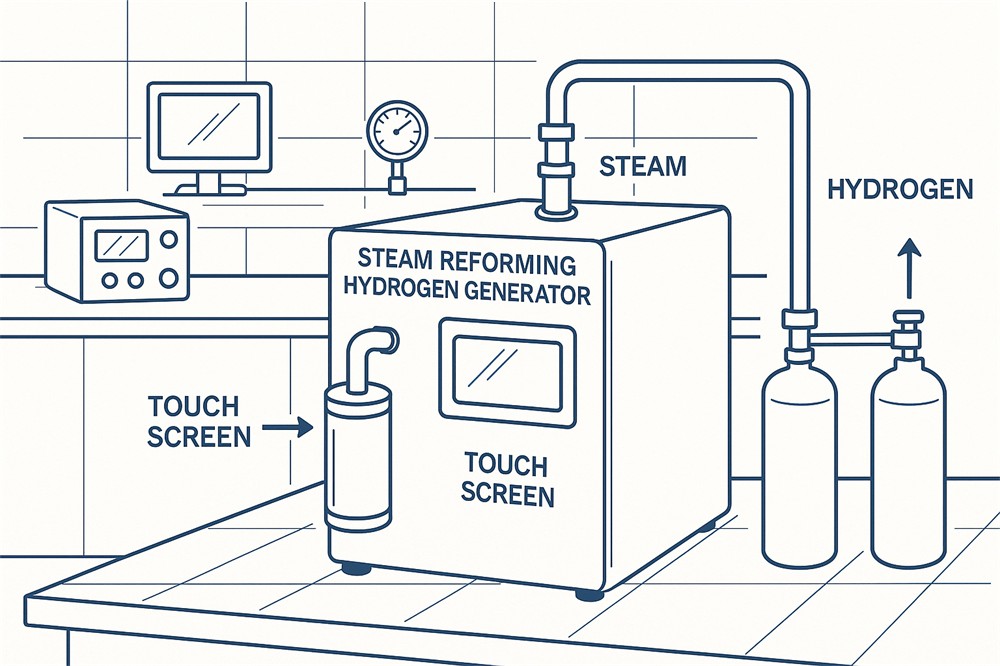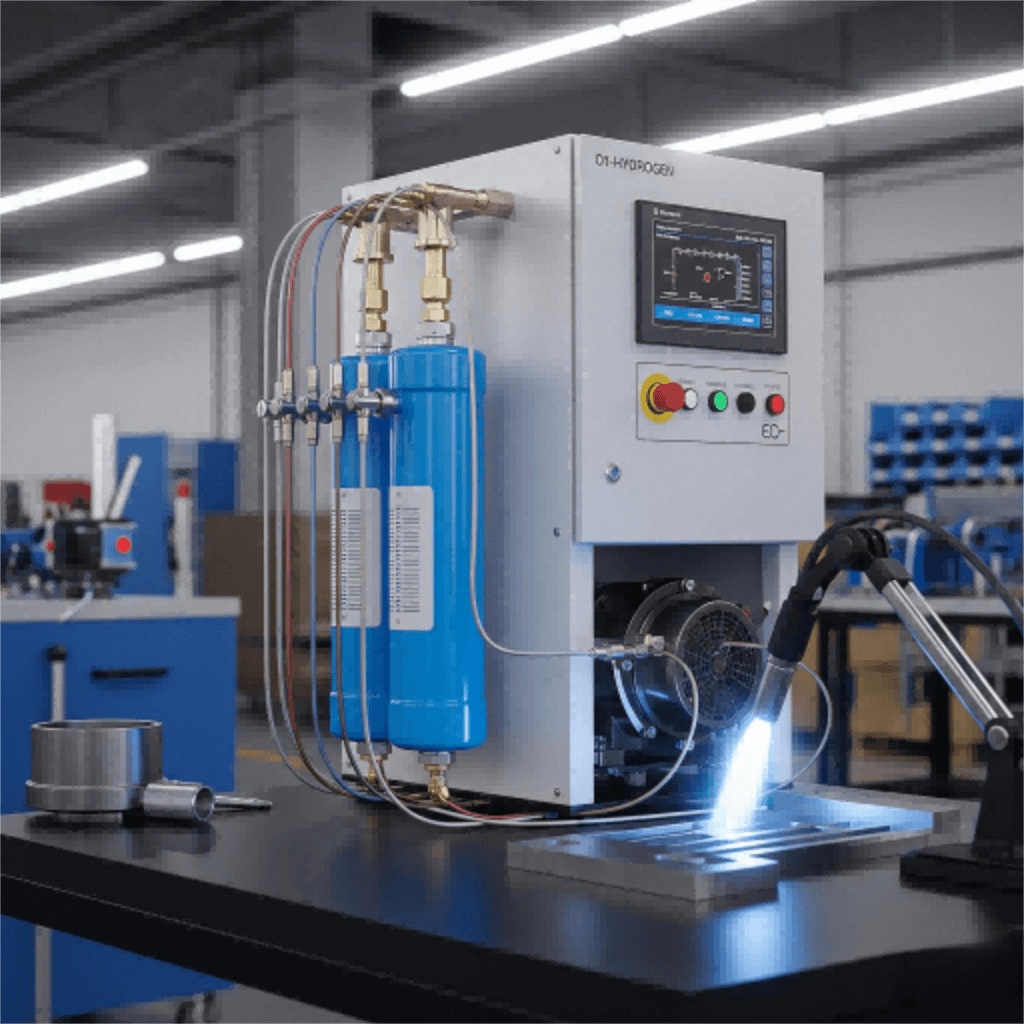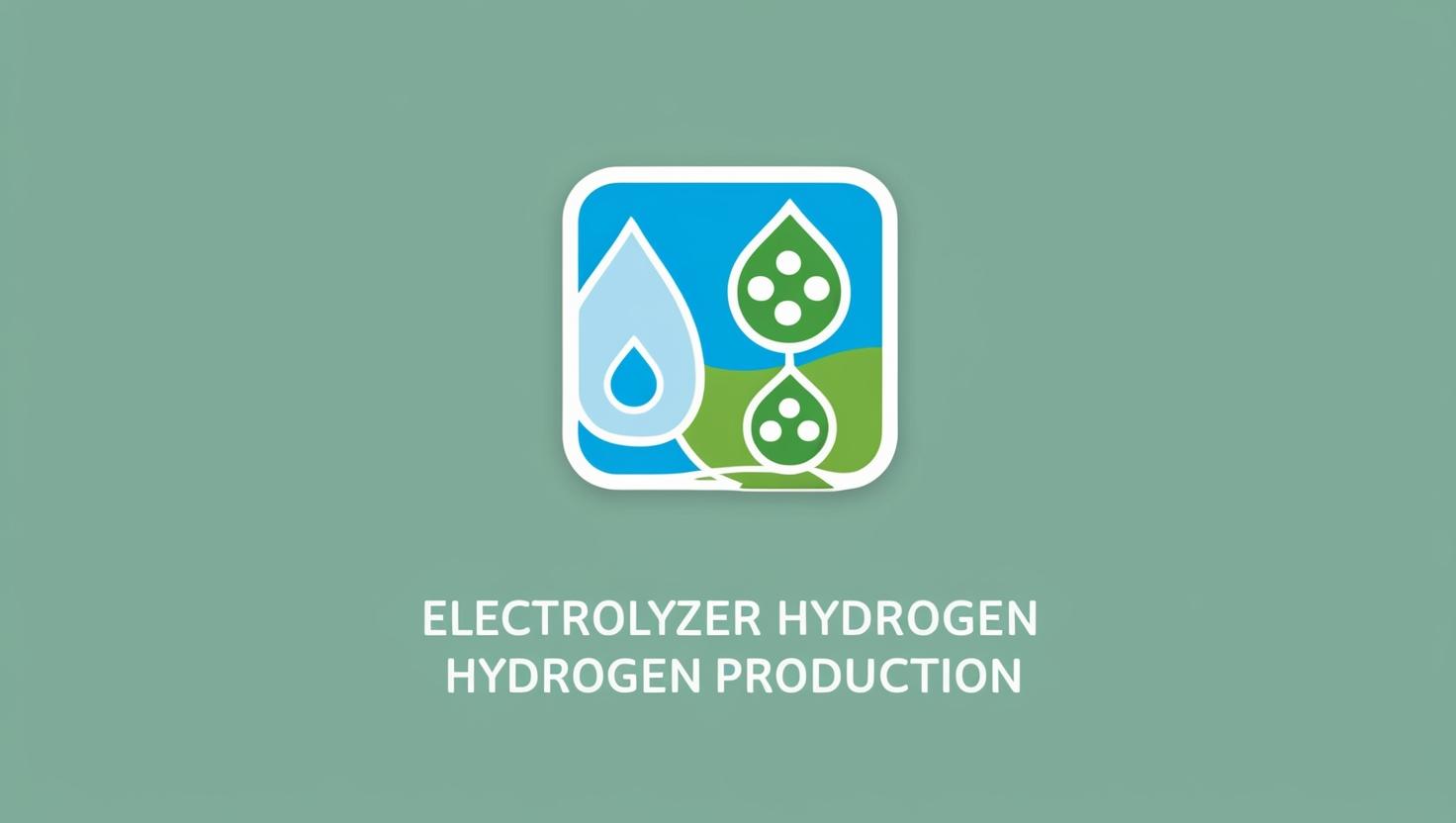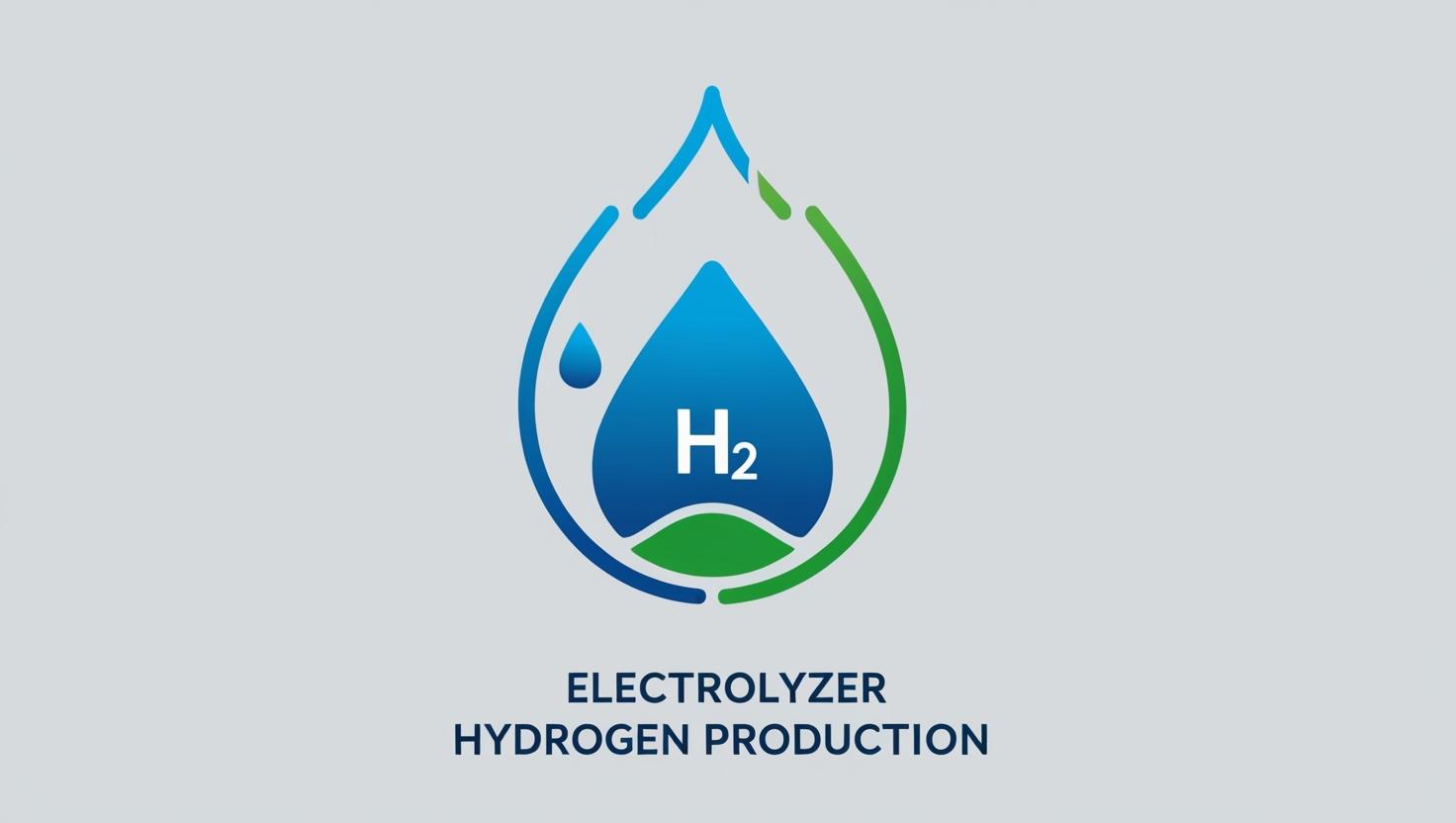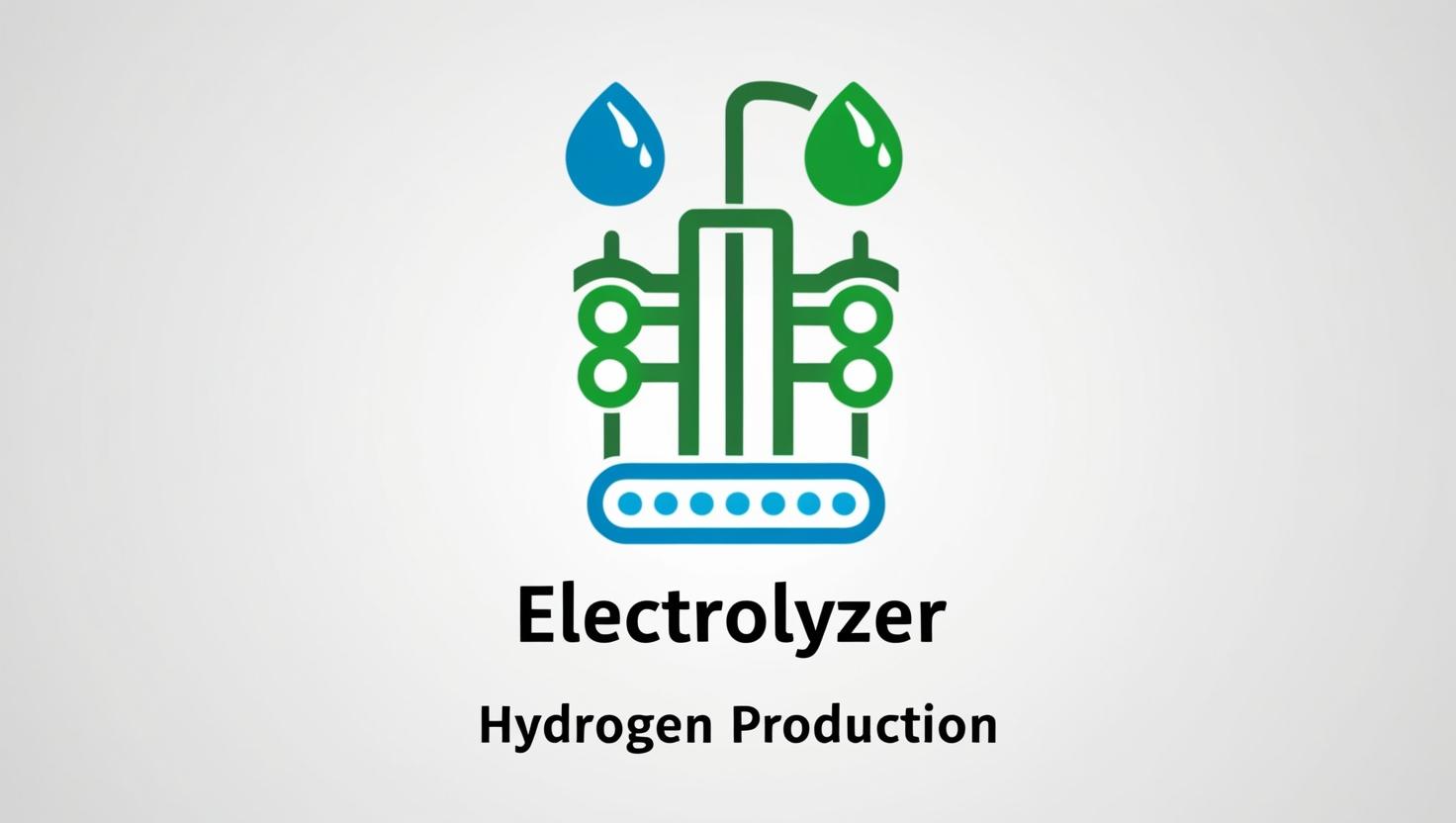Introduction: The Rise of Hydrogen Inhalation Therapy
Hydrogen inhalation therapy has rapidly emerged as a cutting-edge frontier in modern medicine. Once considered merely a fuel or industrial gas, hydrogen is now being harnessed for its potential to combat some of the most serious health challenges of our time. Thanks to its unique antioxidant properties and minimal side effects, it’s gaining traction as a non-invasive therapy across the globe.
At the core of its effectiveness lies a crucial factor: purity. The therapeutic value of hydrogen gas is directly tied to how clean and contaminant-free it is. That’s where high-purity hydrogen generators come into play—devices designed to deliver medical-grade hydrogen safely and efficiently for inhalation therapy.
In this article, we’ll explore the science, technology, applications, and safety aspects surrounding these innovative machines, offering a complete guide for healthcare professionals and institutions considering their use.
Understanding Hydrogen Inhalation Therapy
Hydrogen inhalation therapy involves breathing in hydrogen gas, typically blended with air or oxygen, through a nasal cannula or mask. The aim is to allow hydrogen molecules to penetrate deep into the lungs, where they quickly enter the bloodstream and interact with cells throughout the body.
How Does It Work?
Hydrogen is the smallest and lightest molecule, which allows it to permeate cell membranes, the blood-brain barrier, and other biological barriers effortlessly. Once inside the body, hydrogen selectively reduces harmful free radicals—especially hydroxyl radicals—without disturbing beneficial reactive species.
Potential Benefits Include:
- Antioxidant protection
- Anti-inflammatory effects
- Cellular protection against oxidative stress
- Improved mitochondrial function
- Support for neuroregeneration and tissue repair
This mechanism opens doors to a wide range of therapeutic applications, from chronic illnesses to acute trauma care.
The Crucial Role of High Purity Hydrogen
While hydrogen itself offers powerful health benefits, it must be ultra-pure—usually above 99.999% purity—to be safely and effectively used for inhalation.
Why Is High Purity Essential?
- Contaminant-Free: Low-purity hydrogen may contain harmful gases like carbon monoxide, nitrogen, or particulate matter.
- Safe for Lungs: Impurities can cause irritation, inflammation, or allergic reactions.
- Accurate Dosage: Consistent concentration ensures reliable therapeutic outcomes.
Regulatory Standards
Medical hydrogen generators must adhere to strict standards such as:
- ISO 14687 for Hydrogen Purity
- FDA guidelines for inhalation gas equipment
- CE Marking and RoHS compliance in Europe
Ensuring adherence to these standards protects both patients and healthcare providers from risk.
Medical Applications of Hydrogen Inhalation: A Deep Dive
4.1 Respiratory Diseases
Hydrogen has shown promise in easing symptoms of:
- Asthma – By reducing airway inflammation.
- Chronic Obstructive Pulmonary Disease (COPD) – Via antioxidant protection.
- Acute Respiratory Distress Syndrome (ARDS) – As an adjunct to oxygen therapy to improve oxygenation.
Clinical trials suggest improved lung function and fewer exacerbations in treated patients.
4.2 Neurological Disorders
Due to its ability to cross the blood-brain barrier:
- Stroke – Hydrogen may reduce infarct size and enhance neurological recovery.
- Parkinson’s and Alzheimer’s Disease – Studies show hydrogen can delay neuronal degeneration.
- Traumatic Brain Injury (TBI) – Helps decrease cerebral edema and improve cognitive outcomes.
4.3 Cardiovascular Health
Hydrogen therapy can support:
- Heart Attack Recovery – By reducing oxidative damage in heart tissues.
- Hypertension – Through vasodilation and improved endothelial function.
- Atherosclerosis – Via anti-inflammatory action on vascular linings.
4.4 Inflammatory Diseases
In diseases like:
- Rheumatoid Arthritis
- Inflammatory Bowel Disease (IBD)
Hydrogen inhalation reduces systemic inflammation, relieves pain, and may enhance mobility.
4.5 Cancer Support
Hydrogen therapy does not replace conventional cancer treatments but may:
- Reduce Side Effects – Such as nausea and fatigue from chemo or radiation.
- Improve Quality of Life – By enhancing appetite and reducing oxidative stress.
High-Purity Hydrogen Generator Specifications and Technologies
5.1 PEM Electrolysis
PEM (Proton Exchange Membrane) electrolysis is the gold standard for medical-grade hydrogen production. It splits water into hydrogen and oxygen using an electrochemical process, producing extremely pure hydrogen with minimal byproducts.
5.2 Water Quality Requirements
Using deionized or distilled water is crucial to avoid introducing contaminants. Impure water can damage the generator and compromise the gas quality.
5.3 Hydrogen Purification Systems
Advanced systems incorporate:
- Dehumidifiers
- Carbon filters
- Metal hydride storage to further purify and stabilize hydrogen before delivery.
5.4 Monitoring and Safety Features
Key safety and performance features include:
- Real-time purity monitors
- Leak detectors
- Auto shut-off functions
- Flow rate control and display (measured in ml/min or L/min)
5.5 Generator Capacity
Medical use varies from 300 ml/min to 1200 ml/min or more, depending on the patient’s condition and whether dual-user systems are needed in clinics.
Certainly! Continuing from where we left off:
Clinical Evidence and Research Supporting Hydrogen Inhalation
The medical potential of hydrogen inhalation is no longer just theoretical—it’s being backed by a growing body of scientific research and clinical trials.
Key Studies and Trials
- Stroke Recovery: A study published in Medical Gas Research found that patients receiving hydrogen gas therapy after ischemic stroke showed better neurological outcomes and smaller infarct sizes.
- Cancer Supportive Care: Research in Scientific Reports demonstrated that hydrogen inhalation helped reduce chemotherapy-induced fatigue in cancer patients, with improved energy levels and blood markers.
- COVID-19 and ARDS: During the pandemic, several trials in China used hydrogen/oxygen therapy to treat COVID-19-related ARDS, showing faster oxygen saturation improvement and reduced lung inflammation.
Meta-Analyses and Systematic Reviews
Systematic reviews have highlighted hydrogen therapy’s ability to:
- Improve oxidative stress biomarkers
- Lower inflammatory cytokine levels
- Enhance tissue regeneration and organ protection
Ongoing and Future Research
Fields actively exploring hydrogen therapy include:
- Neurodegeneration
- Autoimmune diseases
- Aging and metabolic syndrome
- Organ transplantation
As research evolves, hydrogen may become a routine part of integrative and preventative medicine.
Safety Protocols and Considerations
Hydrogen gas is non-toxic and generally well-tolerated. However, using it for medical purposes demands rigorous safety protocols.
Potential Risks and Contraindications
- Flammability: Hydrogen is flammable above concentrations of 4%. Most medical generators are designed to keep levels under this threshold, often by mixing with air or oxygen.
- Improper Equipment Use: Using non-medical-grade or poorly maintained generators can introduce risks such as inhaling impure gases or gas leaks.
- Unsupervised Therapy: Patients with complex health conditions should only use hydrogen therapy under medical supervision.
Certified Medical-Grade Generators Are a Must
Devices must be certified under:
- ISO 13485 (medical device quality management)
- FDA or CE approval
- Hydrogen purity compliance (ISO 14687)
Safe Usage Guidelines
- Always use distilled or deionized water.
- Ensure daily cleaning and periodic sterilization of cannulas and gas tubes.
- Install in well-ventilated environments with access to emergency shut-off systems.
- Follow the manufacturer’s maintenance schedules diligently.
Choosing the Right High-Purity Hydrogen Generator
Selecting a hydrogen generator isn’t one-size-fits-all. Here are the key factors to consider when choosing a system for medical or personal use:
Purity Level
Ensure the system provides 99.999% hydrogen (5N grade) or higher. This is essential for avoiding exposure to harmful byproducts.
Flow Rate and Delivery Mode
- Low Flow (<300 ml/min): Suitable for home wellness or mild symptoms.
- Medium Flow (300–600 ml/min): Common for therapeutic support in outpatient clinics.
- High Flow (800–1200 ml/min or more): Best for hospitals and severe cases.
Safety Features
Look for:
- Leak detection alarms
- Overpressure protection
- Flow control valves
- Gas purity display
Certifications and Compliance
Check for:
- ISO, CE, RoHS, and/or FDA approvals
- Maintenance-free PEM electrolyzers
- Built-in purification and drying systems
Ease of Use and Maintenance
- Touchscreen interfaces
- Mobile or portable units
- Replaceable water cartridges
- Filter change indicators
Top Brands to Consider
While we won’t endorse specific brands here, reputable companies with established clinical use and certifications should be prioritized.
Frequently Asked Questions (FAQs)
1. What is the ideal purity level for hydrogen inhalation therapy?
The recommended purity is 99.999% (also known as 5N purity). Anything lower may introduce harmful contaminants into the respiratory system.
2. Is hydrogen inhalation therapy safe for everyone?
While generally safe, individuals with chronic respiratory issues, pregnancy, or recent surgeries should consult a doctor before use. Always use certified devices to ensure safety.
3. Can I use industrial hydrogen for inhalation?
No. Industrial hydrogen is not purified for human use and may contain toxic impurities. Only use medical-grade hydrogen generators.
4. How often should hydrogen generators be serviced?
Service schedules vary by model but typically include monthly water replacement, filter checks every 3–6 months, and annual internal inspections.
5. Can hydrogen inhalation be combined with other therapies?
Yes. Hydrogen therapy is complementary and can be used alongside oxygen therapy, physiotherapy, or pharmacological treatments. However, medical guidance is essential.
6. What is the typical duration and frequency of hydrogen inhalation sessions?
Sessions typically last 30 minutes to 1 hour, once or twice daily depending on the condition and doctor’s recommendations.
Conclusion: The Future of Hydrogen Inhalation in Medicine
The rise of high-purity hydrogen inhalation therapy is more than a medical trend—it’s a shift toward safe, natural, and scientifically supported wellness. From aiding recovery in stroke patients to mitigating chemotherapy side effects and improving respiratory conditions, hydrogen gas is showing exceptional promise across multiple domains.
The key to unlocking these benefits lies in using the right technology—specifically, medical-grade, high-purity hydrogen generators. As research deepens and awareness grows, hydrogen therapy is poised to become a mainstay in both clinical and home healthcare settings.
Whether you’re a physician, clinic owner, or informed patient, investing in a certified hydrogen generator is a forward-thinking step in embracing tomorrow’s medicine today.

